
Keeping the water in your turtle tank clean is crucial for the health and well-being of your pet. Some ways to achieve this include performing regular water changes, using a high-quality filter, adding live plants, avoiding overfeeding, keeping the tank covered, regular cleaning, and monitoring water quality.
Be sure to consult with a veterinarian or reptile specialist for specific advice and recommendations for your turtle tank setup.
1. Perform regular water changes
Performing regular water changes is one of the most important steps you can take to keep the water in your turtle tank clean. A water change involves removing a portion of the water from the tank and replacing it with fresh, clean water.
The frequency of water changes will depend on the size of your tank, the number of turtles you have, and the amount of waste and debris that is generated. As a general rule, it’s a good idea to do a partial water change of 25-50% of the water at least once a week. However, if the tank is heavily stocked or if you notice a lot of waste or debris in the water, you may need to do water changes more frequently.
When doing a water change, it’s important to use water that is at the same temperature and pH as the water in the tank. It’s also a good idea to add a de-chlorinator to the new water, as chlorine and chloramines can be harmful to turtles. Make sure to use a siphon or bucket to remove the dirty water, and try to avoid stirring up any debris from the bottom of the tank.
Remember to test the water before and after the water change to see if the water parameters are suitable for your turtle, perform water changes and monitor the water quality regularly and always consult with a veterinarian or a reptile specialist for specific recommendations.
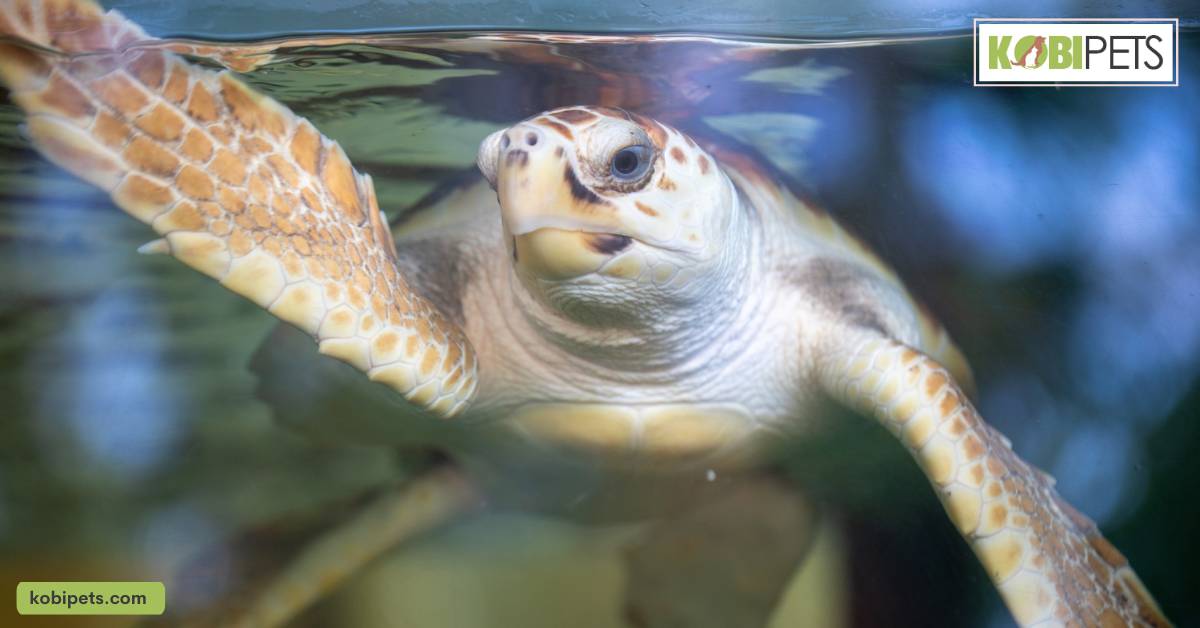
2. Use a high-quality filter
Using a high-quality filter is an essential step in keeping the water in your turtle tank clean. A good filter will help to remove waste, debris, and other contaminants from the water, which will keep your turtle healthy and the tank looking clean.
When choosing a filter, it’s important to look for one that is rated for the size of your tank. It should have a good mechanical, chemical and biological filtration system. Mechanical filtration captures debris and debris like fish waste, uneaten food, and dead plant leaves. Chemical filtration helps to remove dissolved compounds and chloramines in the water and biological filtration removes harmful bacteria and toxins in the water.
It’s also important to keep the filter clean and maintain it regularly, this includes cleaning or replacing the filter cartridges, rinsing the filter housing to prevent clogging, and making sure to check the filter’s flow rate to ensure it is working properly.
Having a good filter setup in your turtle tank will help to keep the water clean and clear. Make sure to check the filter regularly and consult with a veterinarian or a reptile specialist for specific recommendations.
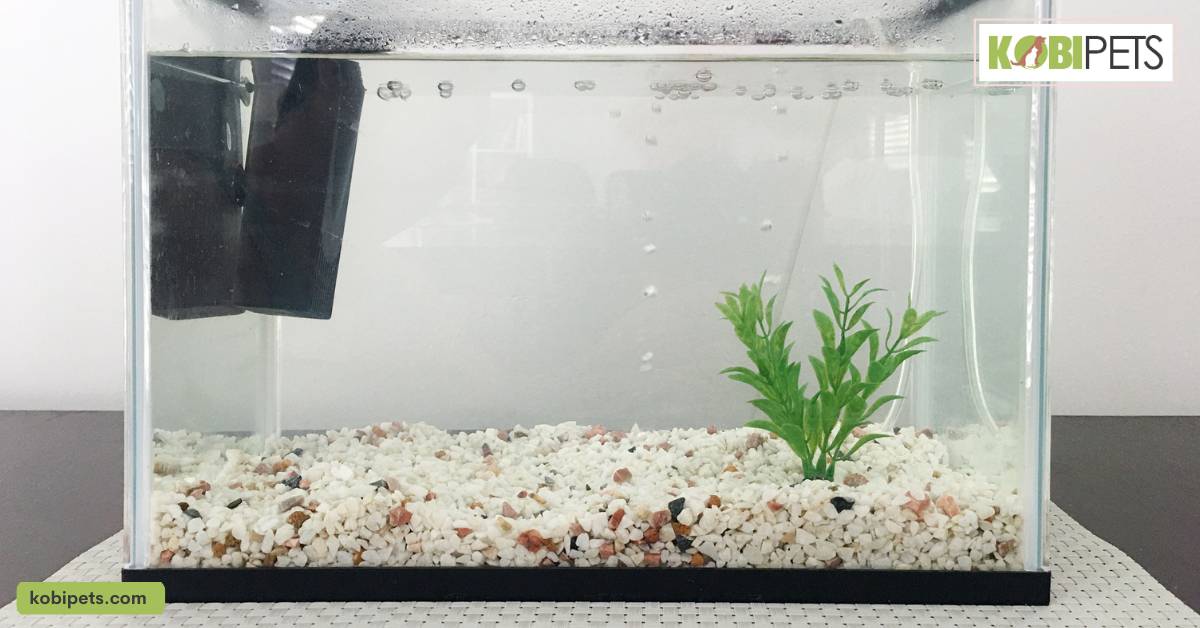
3. Add live plants
Adding live plants to your turtle tank can help to keep the water clean and clear in several ways.
First, live plants act as a natural filter by absorbing excess nutrients and producing oxygen. This helps to keep the water clean and clear by removing pollutants that could cause the water to become cloudy or smelly.
Some plants that are well suited for turtle tanks are water lettuce, water hyacinth, and anacharis. These plants are hardy and can tolerate the warm, humid conditions of a turtle tank.
They also do not require additional lighting or fertilization, which makes them easy to care for. Additionally, these plants can act as a food source for some species of turtles, especially if you’re keeping herbivorous turtle species.
Another benefit of live plants is that they can provide your turtle with a more natural and stimulating environment. Turtles are generally active animals and enjoy swimming and basking, having plants in their tank can provide them a place to hide or rest, which can increase their overall well-being.
However, when adding live plants, it’s important to make sure they’re safe for turtles and don’t have any toxic materials. Also, you need to consider if they are palatable to your turtle, as some species might end up eating the plants and damaging them.
Adding live plants to your turtle tank can be a great way to improve the overall health of your turtle and keep the water clean and clear. Be sure to research which plants are safe for turtles and consult with a veterinarian or a reptile specialist for specific recommendations.
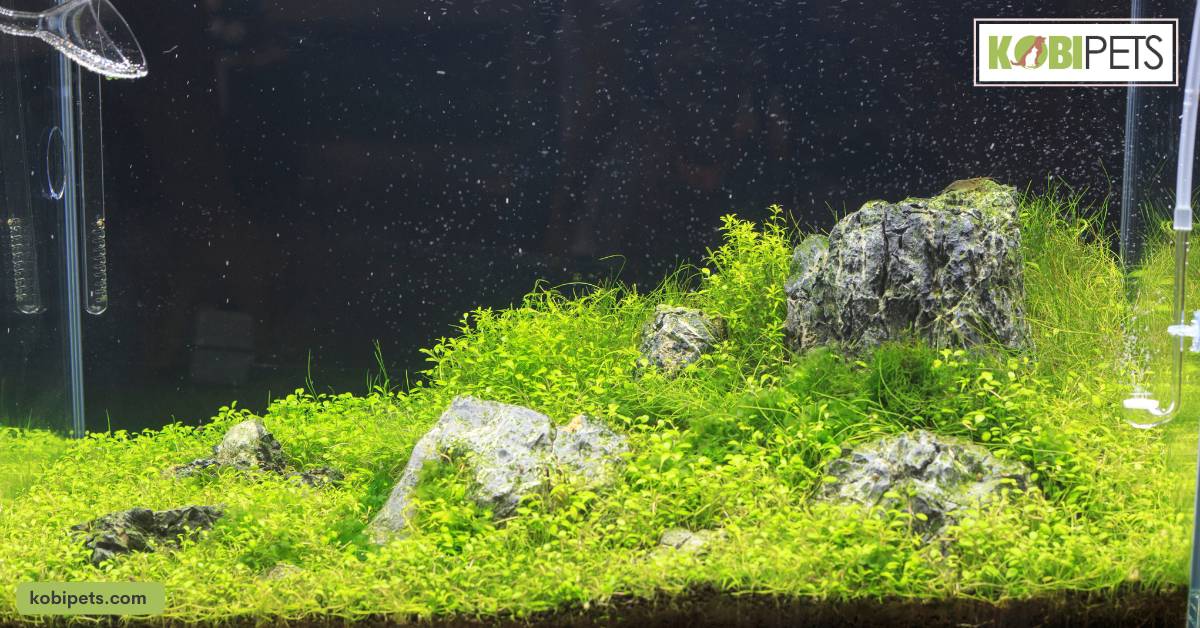
4. Avoid overfeeding
Avoiding overfeeding is an important step in keeping the water in your turtle tank clean. When turtles eat too much food, the excess food can decompose in the water, which can lead to a buildup of waste and debris. This can cause the water to become cloudy, and smelly, and can lead to an unhealthy environment for your turtle.
To avoid overfeeding, it’s important to provide your turtle with a balanced diet that is appropriate for its species and size. Be sure to feed your turtle small, frequent meals rather than one or two large meals. You can also try using a feeding stick or a feeding station to keep your turtle from scattering food around the tank.
It’s also important to be mindful of what you are feeding your turtle. Some food types can release more waste or debris into the water than others, so it’s essential to choose a diet that is suitable for your turtle and to monitor how much you feed and how much is left uneaten in the tank.
It’s also crucial to be aware of the feeding habits of your turtle, some species are more inclined to be fast eaters or slower. Make sure to adjust the feeding schedule and frequency accordingly.
By avoiding overfeeding, you’ll be able to keep the water in your turtle tank clean and your turtle healthy. Be sure to monitor your turtle’s diet and consult with a veterinarian or a reptile specialist for specific recommendations.
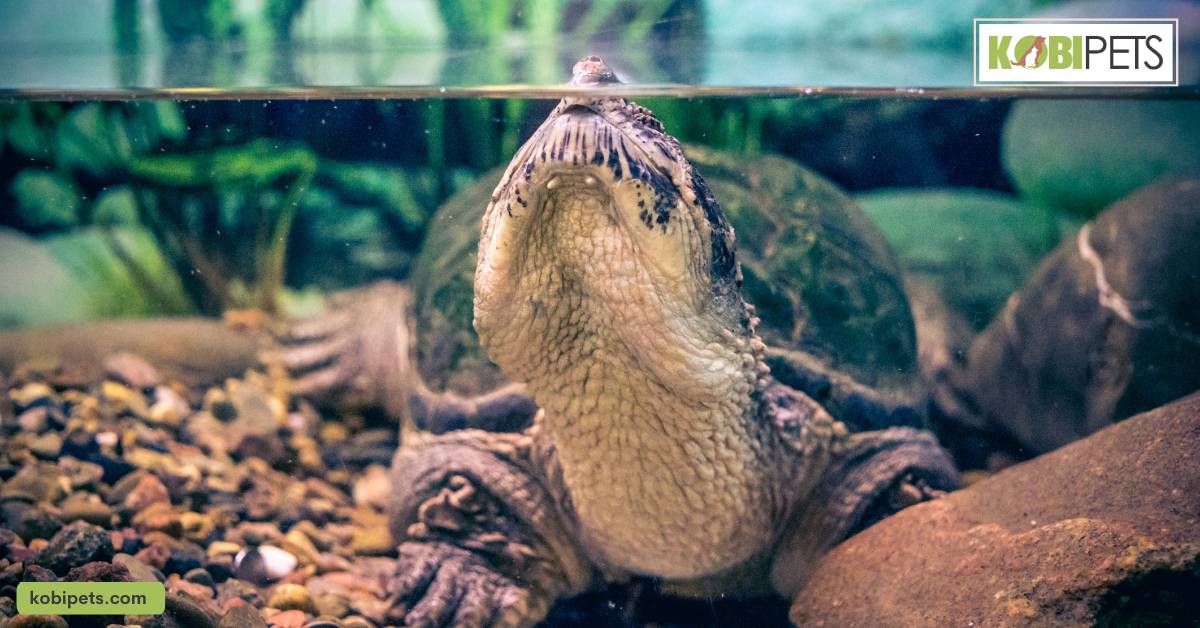
5. Keep the tank covered
Keeping the tank cover is an important step in keeping the water in your turtle tank clean. A tight-fitting lid on the tank will help to prevent debris and waste from getting into the water, which can lead to a buildup of pollutants and can be harmful to your turtle. A lid will also help to keep the water warm and humid, which is important for the health of your turtle.
It’s important to make sure that the lid you use is well-fitting and will not allow your turtle to escape. Also, some turtles like to bask on the surface of the water, so it’s necessary to provide a basking spot or a basking light so the turtle can do so and not feel trapped.
Another important aspect of keeping the tank covered is preventing drafts. Turtles are cold-blooded animals, and their body temperature is regulated by their environment. A drafty tank can cause your turtle to become too cold, which can lead to a number of health problems.
Additionally, keeping the tank covered can reduce the amount of dust, dirt, and other debris that can accumulate in your turtle tank, which can make it easier to keep the water clean. Overall, keeping the tank covered is an easy step that can help you to keep the water in your turtle tank clean and your turtle healthy.
Be sure to monitor the tank’s temperature and humidity to make sure they are appropriate for your turtle and consult with a veterinarian or a reptile specialist for specific recommendations.
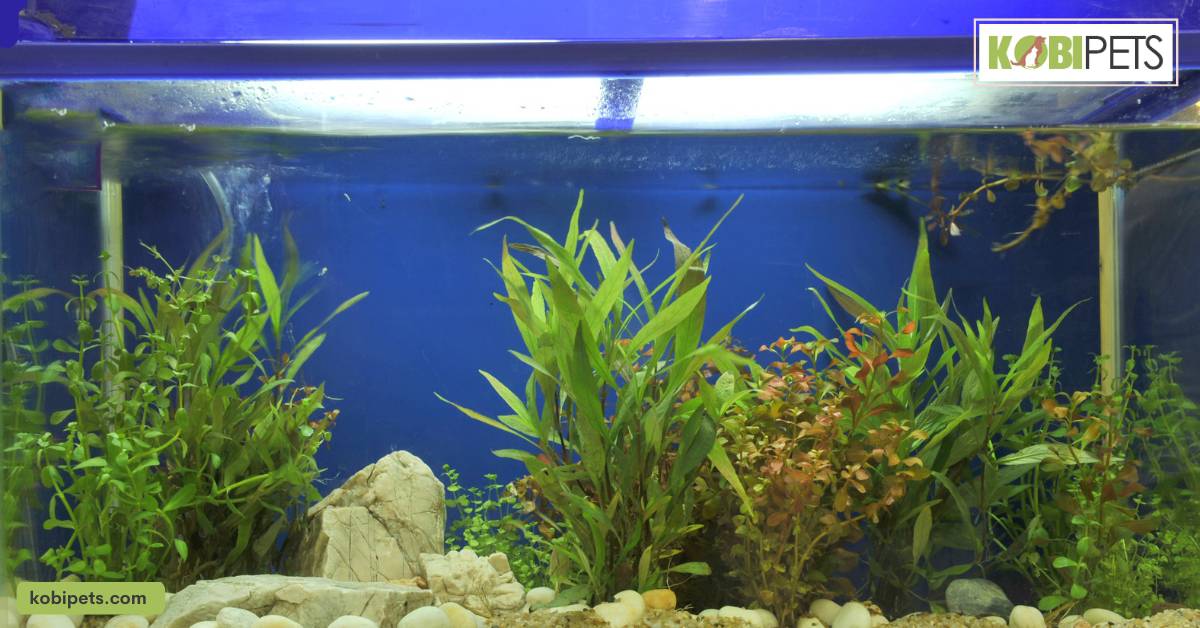
6. Regular cleaning
Regular cleaning is an important step in keeping the water in your turtle tank clean. This includes removing any visible debris on the tank bed, walls, and corners, as well as spot-cleaning feces, uneaten food, and other debris before they have a chance to decompose and affect the water quality.
One way to keep the tank clean is by using a gravel vacuum or a siphon to remove debris and waste from the bottom of the tank. This is particularly useful when doing a water change, as it can help to remove any debris that has accumulated in the water and on the bottom of the tank.
Another important aspect of regular cleaning is cleaning the tank’s walls and decorations. Algae, bacteria, and other organisms can grow on the surfaces of the tank, which can affect the water quality. Cleaning these surfaces on a regular basis can help to remove these organisms and keep the water clean.
It’s also important to keep an eye on the condition of the tank’s decorations and to replace them if they become damaged or discolored. Decorations can also accumulate waste and debris, so it’s important to clean them regularly as well.
Regular cleaning also includes monitoring the turtle’s water level and adjusting it if necessary. Turtles can get in and out of their tanks, and you should have a way to measure the water level to ensure your turtle can submerge itself and not get stranded.
Remember that it’s essential to consult with a veterinarian or a reptile specialist for specific recommendations about your turtle’s tank cleaning schedule. Also, be mindful that turtles may not be compatible with certain cleaning products, and it’s important to use cleaning materials that are safe for turtles.
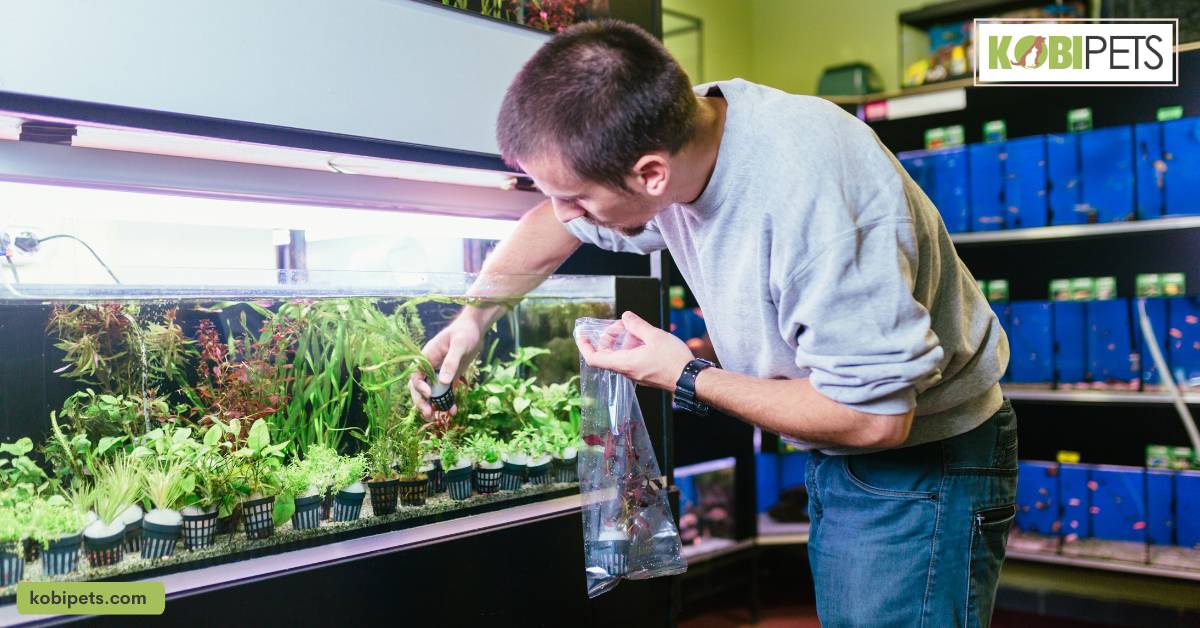
7. Monitor the water quality
Monitoring the water quality in your turtle tank is an essential step in keeping the water clean and healthy for your turtle. By regularly testing the water, you can identify any problems early on and take action to fix them before they become serious.
There are several water parameters that you should keep an eye on, including pH, ammonia, nitrite, and nitrate levels. These parameters can affect the health of your turtle and the overall quality of the water in your tank.
To test the water, you can use a water testing kit, which will measure the levels of pH, ammonia, nitrite, and nitrate in the water. These kits are widely available at pet stores and online. You can also purchase test strips that can be used to measure pH and other water parameters.
It’s also important to note that water quality can be affected by a variety of factors, including the number of turtles in the tank, the size of the tank, the type of food you’re feeding your turtle, and the overall maintenance of the tank. It’s essential to be aware of how these factors can affect your turtle tank’s water quality and to make adjustments accordingly.
Monitoring water quality can help you to identify problems early on and take action to fix them, so it’s essential to make it a regular part of your turtle tank maintenance routine. Be sure to consult with a veterinarian or a reptile specialist for specific recommendations for your turtle tank setup.
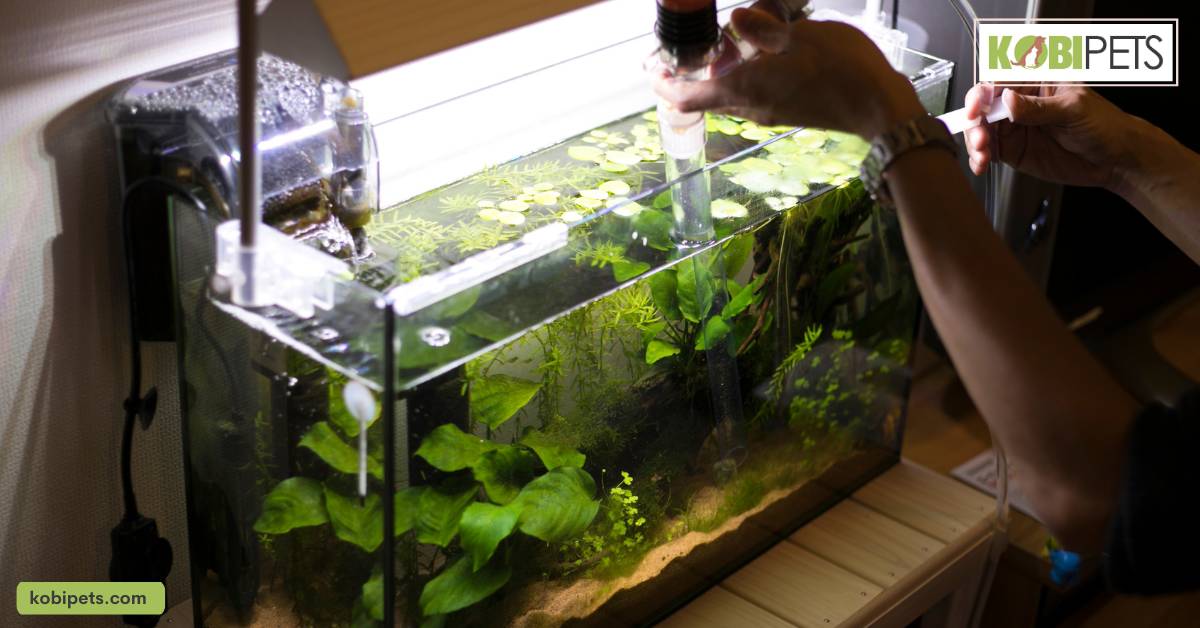
In Conclusion
Keeping the water in your turtle tank clean is essential for your turtle’s health and well-being. There are several steps you can take to help keep the water clean, such as doing regular water changes, using a high-quality filter, adding live plants, avoiding overfeeding, keeping the tank covered, and monitoring the water quality.






